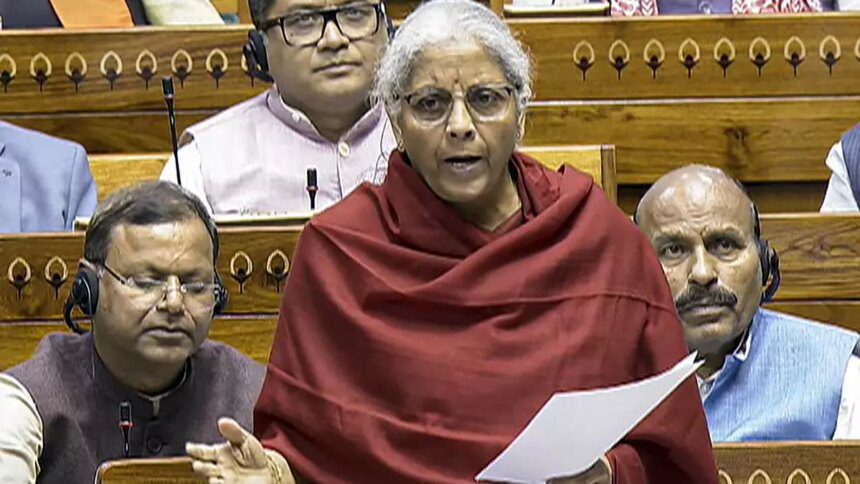Finance Minister Nirmala Sitharaman addressed the weakening of the rupee against the US dollar, attributing it to a combination of global and domestic factors. During the general discussion on the Union Budget in Lok Sabha, she emphasized the challenges posed by the current global macroeconomic environment. Sitharaman highlighted the shift in the world scenario over the past decade, making budgetary decisions more complex than ever before.
The Finance Minister noted that the movement of the rupee is influenced by various factors such as the dollar index, capital flows, interest rates, and crude oil prices. She pointed out the extensive volatility in major economies and remarked that the strengthening of the dollar against several currencies is a significant factor affecting the rupee. Sitharaman mentioned former RBI Governor Raghuram Rajan’s acknowledgment of the dollar’s strength against currencies like the Euro.
Despite the Indian rupee depreciating by 3.3% against the US dollar between October 2024 and January 2025, the decline has been lesser compared to some Asian peers like the South Korean Won and Indonesian Rupiah. Sitharaman also addressed concerns about capital expenditure, highlighting that effective capital expenditure for FY26 stands at ₹15.48 lakh crore, accounting for 4.3% of GDP. She assured that government borrowing is primarily focused on creating capital assets rather than revenue expenditure.
On the issue of inflation, the FM stated that food inflation, impacted by adverse weather conditions and supply chain disruptions, is now showing signs of moderation. The government’s top priority remains inflation management, with retail inflation staying within the 2-6% tolerance band. Additionally, Sitharaman clarified that there have been no cuts in transfers to states, with ₹25.01 lakh crore set to be transferred in FY26. The Finance Minister’s remarks emphasized the government’s efforts to navigate economic challenges and prioritize sustainable fiscal policies amid global uncertainties.








